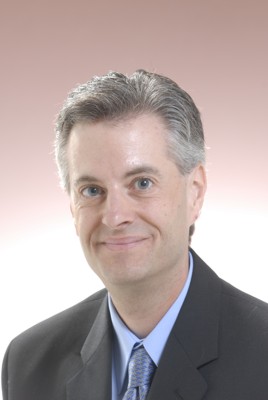时间: 2011年11月11日(星期五)10:00am
地点:公司光电系玉泉校区教三326会议室
Nanowire Heterostructures for Solar Cells and Photodetectors
R.R. LaPierre
McMaster University, Department of Engineering Physics
Hamilton, Ontario, Canada, L8S 4L7
Semiconductor nanowires are currently one of the hot topics in applied physics. Semiconductor nanowires are essentially one-dimensional rods with length of several microns and diameter below 100 nm. Nanowires are grown using metal seed particles by the vapor-liquid-solid (VLS) process in a molecular beam epitaxy or metal organic chemical vapor deposition system. By varying the material deposition during growth, axial or radial nanowire heterostructures and p-n junctions may be formed for various device applications. Due to the small contact area between a nanowire and its substrate, lattice mismatch strain may be accommodated by elastic distortion of the nanowire without detrimental misfit dislocations, which gives a greater degree of bandgap engineering in nanowires as compared to thin films. Hence, unique heterostructures are possible in nanowires that would be impossible in thin films such as GaAs/GaP and InAs/InP. This seminar will present our work in III-V nanowire heterostructures and applications in solar cells, photodetectors and spintronics.
 Biographical Sketch – Ray LaPierre
Biographical Sketch – Ray LaPierreRay LaPierre attended Dalhousie University (Halifax, Nova Scotia, Canada) where he obtained a B.Sc. degree in Physics in 1992. He then completed his M.Eng. degree in 1994 and Ph.D. degree in 1997 in the Engineering Physics Department at McMaster University (Hamilton, Ontario, Canada). His graduate work involved development of molecular beam epitaxy of InGaAsP alloys for laser diodes in telecom applications. Upon completion of his graduate work in 1997, he joined JDS Uniphase (Ottawa, Ontario, Canada) where he developed dielectric coatings for wavelength division multiplexing devices. In 2004, he rejoined McMaster University as an Assistant Professor in the Engineering Physics Department. He is currently an Associate Professor and Associate Chair (Graduate Studies) in the Engineering Physics Department with interests in III-V nanowires, molecular beam epitaxy, and applications in photovoltaics, photodetectors and quantum information processing.







